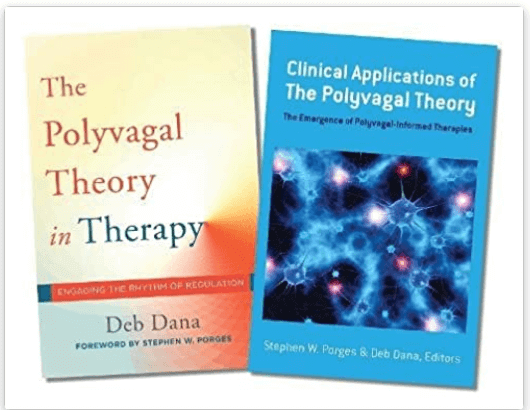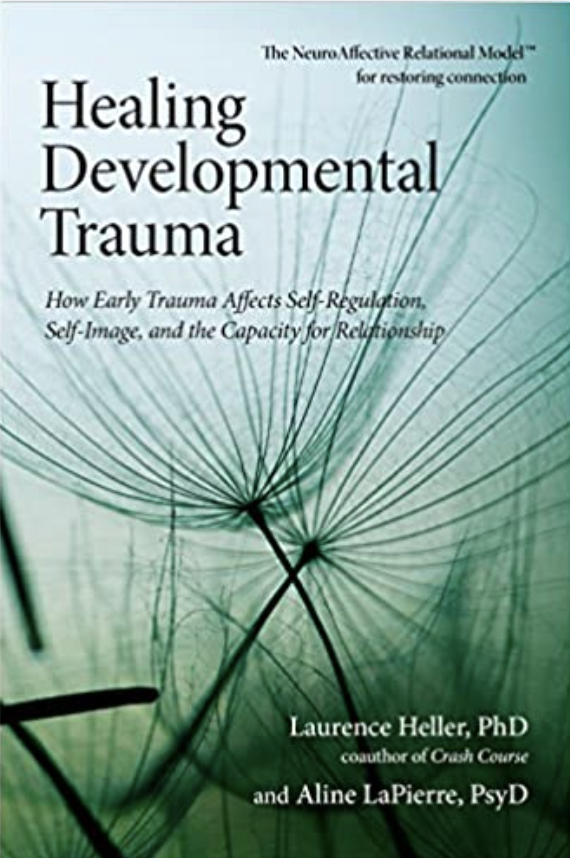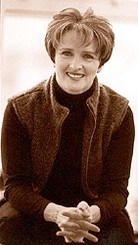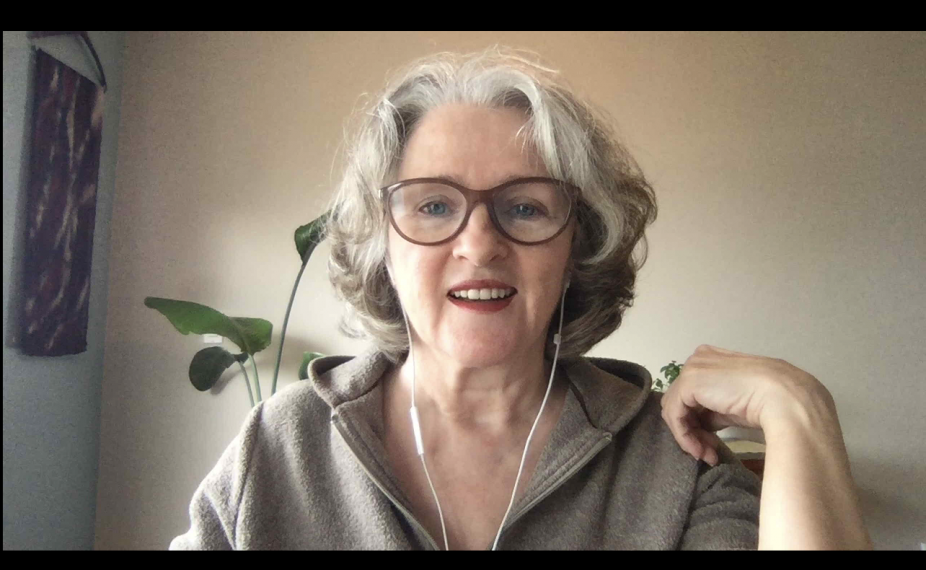Top Self-Regulation Leaders and Researchers
Many of the groundbreaking insights and techniques from leaders in the field of self-regulation have been developed and shared by clinical practitioners who have authored books. I have been deeply inspired by these works, both in my clinical practice and personal life, and I highly recommend them for anyone seeking to enhance their knowledge and skills in this area.
Many of the body-based strategies and techniques in the myShrink Programs were inspired by the work of Peter Levine (Somatic Experiencing) and by those who followed and translated his work while adding in their own creative ideas
(eg. Pat Ogden of the Sensorimotor Psychotherapy, Sharon Stanley (Somatic Transformation) and of course the many thought field leaders who use somatics in their work (Diana Fosha, Janina Fisher etc.
Look for the ** for easier reading.
Become an Inspired Leader for
Self-Regulation
In my opinion, every practitioner who embraces the concepts and practices of self-regulation and incorporates them into their work becomes an inspirational leader for their clients. This new direction not only enhances the practitioner's own skills and understanding but also helps to empower their clients in their own self-regulation journey.
The nature of this work is such that it can't help but impact you on a personal level, prompting you to reflect on your own journey. In my view, this requires a great deal of courage and makes you an exceptional leader.
**Badenoch, Bonnie (2008). Being a Brain Wise Therapist: A practical guide to interpersonal neurobiology. New York: W. W. Norton.

Listen to Bonnie on ShrinkRap Radio.
**Deb Dana (2018) The Polyvagal Theory in Therapy
**Deb Dana (2019) Clinical Applications of the Polyvagal Theory
Deb Dana translates the work of Dr. Stephen Porges.


Cozolino, Louis, (2014). The Neuroscience of Human Relationships: Attachment and the Developing Social Brain. (2nd Edition). New York: WW Norton.
Watch Louis on Youtube and listen how he explains that the brain is really a social organ...it's why we're all so connected.

**Desmond, Tim, (2015). Self-Compassion in Psychotherapy: Mindfulness-Based Practices for Healing and Transformation New York: WW Norton.
This is an enjoyable afternoon read. There's lots here to apply in one's practice - and in your life!
Grigsby, Jim & Stevens, David (2000). Neurodynamics of Personality. New York: Guilford Press.

Okay, so this is a little tougher to get through. We took it up in my Study Group and that made it easier to digest. Bar none - the most important idea that transformed my practice is discussed here: the need to interrupt the patterned behaviour. (And which most therapists are loathe to do.)
In other words, the fastest way for change to occur is for the therapist to interrupt you when you get outside your Zone of Comfort (and subsequently to help you bring your arousal down to baseline).
**Hanson, Rick (2009)
Buddha's Brain: the practical neuroscience of happiness, love and wisdom. New Harbinger Publications.

**Heller, Diane Poole (2001). Crash Course: A Self-Healing Guide to Auto-Accident Trauma & Recovery. North Atlantic Books: Berkeley, California.
Dr. Poole Heller is also an expert in attachment and trauma. Her DARe Program is well-respected among body psychotherapists. Visit her site where you can watch a Free Video Series on languaging for attachment styles.


Heller, Laurence and LaPierre, Aline (2012) Healing Developmental Trauma: How Early Trauma Affects Self-Regulation, Self-Image, and the Capacity for Relationship. North Atlantic Books: Berkeley, California.
What I found most helpful in this book was delineating the different stages of dissociation on a continuum from mild to severe and particularly how it shows up in clients' level of awareness.
Ledoux, Joseph (1996). The Emotional Brain: The Mysterious Underpinnings of Emotional Life. New York: Touchstone Books.

Watch Joseph explain why you can't exactly call the amygdala the seat of the unconscious on Big Think.
**Levine, Peter, A. (1997). Waking the Tiger: Healing Trauma. Berkeley, California: North Atlantic Books.
Here's Peter's site. You can find a body-based or somatic practitioner here also. TraumaHealing.org

Many of the Cheat Sheet tools like the R&R Technique, the Anger Toolkit strategies and the Getaway Move are adapted from Dr. Levine's SE trainings. I named some of these techniques to make it easier to reference.
Mayer, Emeran & Saper, Clifford (Eds), (2001). The Biological Basis for Mind Body Interactions, Progress in Brain Research, Vol. 138.
Rossi, Ernest (2004, September). Art, beauty and truth: the psychosocial genomics of consciousness, dreams, and brain growth in psychotherapy and mind-body healing. [Electronic Version] Annals of the American Psychotherapy Association.

**Sapolsky, Robert M. (1998) Why Zebras Don't Get Ulcers. W.H. Freeman and Co.
Schore, Allan (2012) The Science of the Art of Psychotherapy. New York: W.W. Norton & Company.

(Dr. Allan Schore is not only a prolific and accomplished author, he is known across many disciplines.)
Scaer, Robert (2005) The Trauma Spectrum: Hidden Wounds and Human Resiliency. WW Norton, New York.
(2014) The Body Bears the Burden


Schwartz, Richard (2001). Introduction to the Internal Family Systems Model, Trailheads Publications.
See also Dr. Schwartz's website here: About IFS
Dr. Dan Siegel (2010) Mindsight, The New Science of Personal Transformation. New York, Bantam Books.

Dr. Sharon Stanley
Relational and Body Centered Practices for Healing Trauma

Stern, Daniel (2004). The Present Moment in Psychotherapy and Everyday Life. New York: W.W. Norton & Company.

Van der Kolk, Bessel (2014) The Body Keeps the Score: Brain, mind and body in the healing of trauma. Viking Press.
My Personal Inspiration

It's a familiar story. You start out on a path believing it's for one reason and you end up discovering yourself*.
Being fresh from my doctoral program, I was always searching for what worked in my practice. I wanted to know what I did that helped clients shift.
I noticed emotional shifts were more likely to happen when there was some kind of release although results were inconsistent.
It was also challenging to get some clients to that place especially when they were bent on long narratives without emotional expression.
I didn't even words to explain what I needed them to do.
I wasn't a very assertive therapist back in those days - so unless my emotional availability didn't get them to where they needed to be, I was lost what to do. For instance, a client might spend a whole session talking about their particular situation - if he or she didn't connect into an emotion - I didn't have any tools to get them there.
Luckily the trainings I was drawn to helped to create a mind set that made me more open to a body-based approach by the time I was introduced to it. Brain science was so new and few psychologists were embracing this model.
The turning point for me was when I attended a professional development workshop by Psychologist Dr. Christine Padesky. That's where I first learned about anxiety. (Funny how you can go through an entire doctoral program and miss hearing all about anxiety.) Her presentation gave me a leap of insight into my own clients - sadly, it still didn't twig for me that I might have anxiety.
And while her solutions were mostly based on changing cognitions and behavioural management (too limited for me based on how the brain functions), it did give me a better idea of what might be going on with some of my clients.
The book I was reading at the time, Why Zebras Don't Get Ulcers fit with my evolutionary perspective so I was ready when Lynne Zettl called to tell me about the body-based program she was teaching - at the time - in Peter Levine's Somatic Experiencing (SE) training. (She later developed her own program apart from SE with Edward Joseph's called Self-Regulation Therapy.)
Notes:
*I wasn't aware back then how "out of body" I was (maybe blissfully ignorant...dunno). So my initial attraction to this field was about what it could do for my clients. Only when I saw live demonstrations and started working this way did I twig to the idea it could help me.
You see, when you’ve finally arrived at a place where you feel somewhat “accomplished” having conquered a major feat (ie. getting a doctorate done) you don’t view yourself as needing anything other than maybe some help on emotional issues that pop up.
You cannot imagine experiencing yourself as completely different. The idea of being more “me” is too far away from anything possible.
I’m sure I appeared reasonably ‘together’ to my clients and colleagues (maybe someone who knew me back then might beg to differ 😉 And I’m assuming if I continue my work, I’m going to look back at today and marvel ‘how the heck did I get through that?
That’s the basic premise that how we experience our world is from where we’re at inside. That’s how this work changes you. You have no idea where it can take you. And from everything I’ve read about – it’s just possible to keep on going – which I intend to do 🙂


Thank you .. a useful list to have.